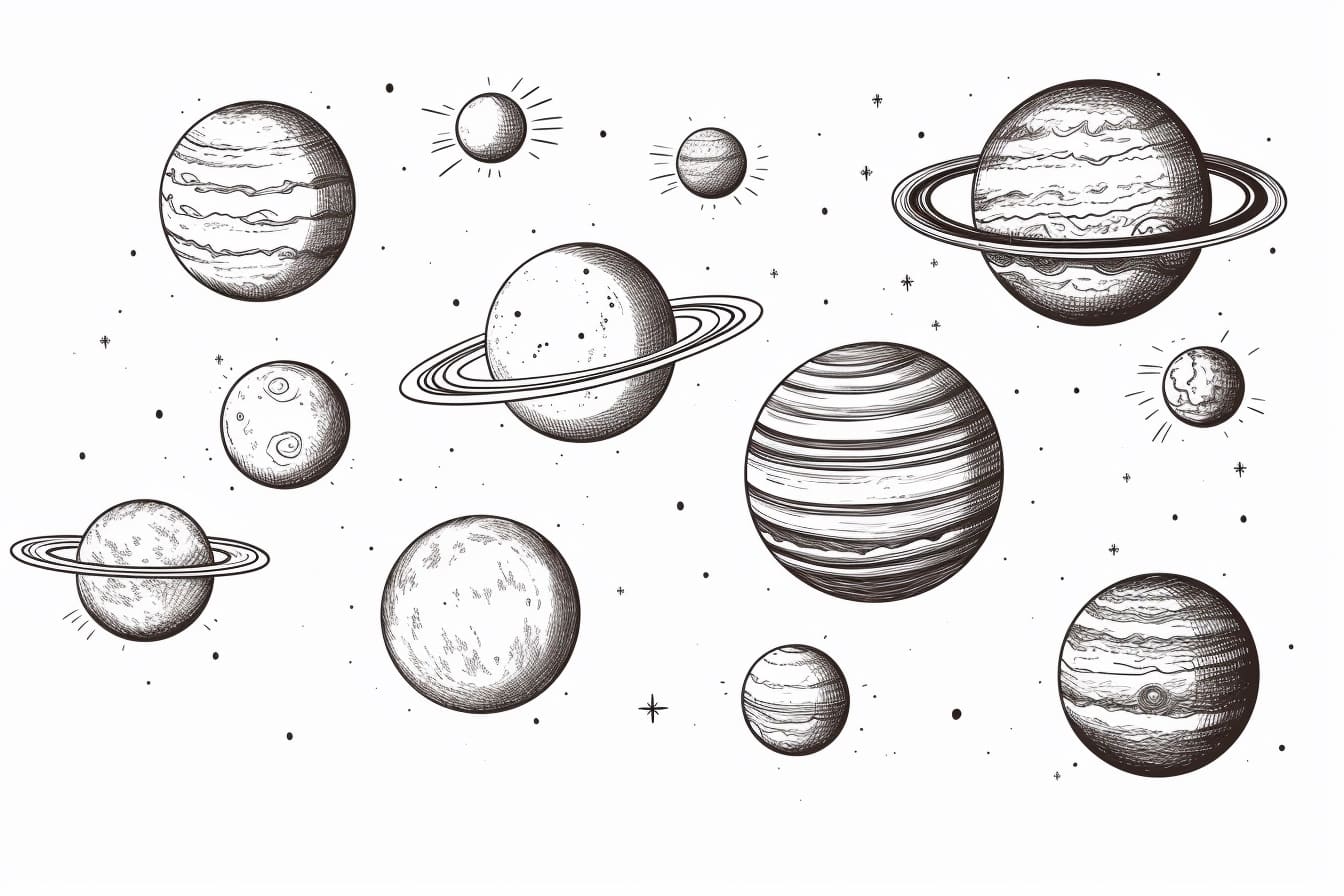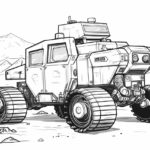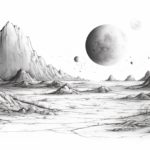Welcome to this step-by-step guide on how to draw a solar system! Whether you’re a beginner or an experienced artist, this tutorial will walk you through the process of creating a beautiful and accurate representation of our very own solar system.
Before we dive into the steps, let’s briefly discuss what a solar system is. A solar system is a group of celestial bodies, including planets, moons, asteroids, and comets, that are bound together by gravity and orbit around a central star, in our case, the Sun.
Materials Required
To get started on your solar system drawing, gather the following materials:
- Drawing paper: Use a thick and smooth paper that can handle various media like pencils, markers, or pastels.
- Pencils: A range of graphite pencils with different levels of hardness (HB, 2B, 4B, 6B) will allow you to create different shades and depths in your drawing.
- Eraser: A soft eraser is essential for correcting mistakes and smudges.
- Colored pencils or markers (optional): If you wish to add color to your solar system, gather a set of colored pencils or markers.
Now that you have your materials ready, let’s begin!
Step 1: Prepare Your Drawing Surface
Start by laying out your drawing paper on a flat and clean surface. Make sure you have enough space to draw all the elements of the solar system without feeling cramped.
Step 2: Sketch the Sun
Begin by sketching a large circle near the center of your paper. This circle represents the Sun, the central star of our solar system. Use light pencil strokes to establish the shape and size of the Sun.
Step 3: Add the Inner Planets
Moving outwards from the Sun, sketch four smaller circles that represent the inner planets of the solar system: Mercury, Venus, Earth, and Mars. Place them at equal distances from each other and the Sun, making sure they have different sizes relative to the Sun.
Step 4: Sketch the Asteroid Belt
Next, draw a ring of smaller, irregularly shaped circles between the orbits of Mars and Jupiter. This represents the asteroid belt, a region filled with debris and rocky fragments.
Step 5: Draw the Outer Planets
Continuing our journey outward, sketch four larger circles to represent the outer planets: Jupiter, Saturn, Uranus, and Neptune. These planets should be placed at increasing distances from the Sun, and their sizes should be relative to their real-life counterparts.
Step 6: Add Pluto and Other Dwarf Planets
If you’d like to include Pluto and other dwarf planets, sketch them outside the orbit of Neptune. These smaller circles should be noticeably smaller than the outer planets.
Step 7: Sketch Moons and Rings
Now it’s time to add the moons and rings to your drawing. Research the number and appearance of moons and rings for each planet and sketch them accordingly. They can vary in size, shape, and position relative to their respective planets.
Step 8: Add Details and Textures
To bring your solar system drawing to life, add details and textures to each planet. Use reference images or research to understand the unique features of each planet, such as Jupiter’s Great Red Spot or Saturn’s ring system. Add shading, highlights, and textures to make your drawing more realistic and visually appealing.
Step 9: Color Your Solar System (Optional)
If you prefer a colorful representation, now is the time to bring out your colored pencils or markers. Research the colors of each planet and use light strokes to carefully apply them. Experiment with blending and layering different colors to achieve the desired effect.
Conclusion
Congratulations on completing your solar system drawing! By following these step-by-step instructions and using your creativity, you’ve created a visually stunning representation of our amazing solar system. Remember, practice makes perfect, so don’t hesitate to try drawing different views or adding your own unique touches to your artwork.
Drawing a solar system allows us to appreciate the beauty and vastness of our universe. It’s a wonderful opportunity to learn more about the celestial objects that surround us and ignite our curiosity about the mysteries of space.
So, grab your pencils, get creative, and enjoy the journey of drawing your own solar system masterpiece!









